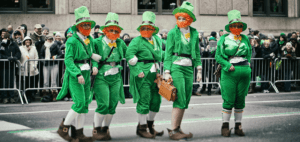14 of the Top Things to Do in Chengdu, China
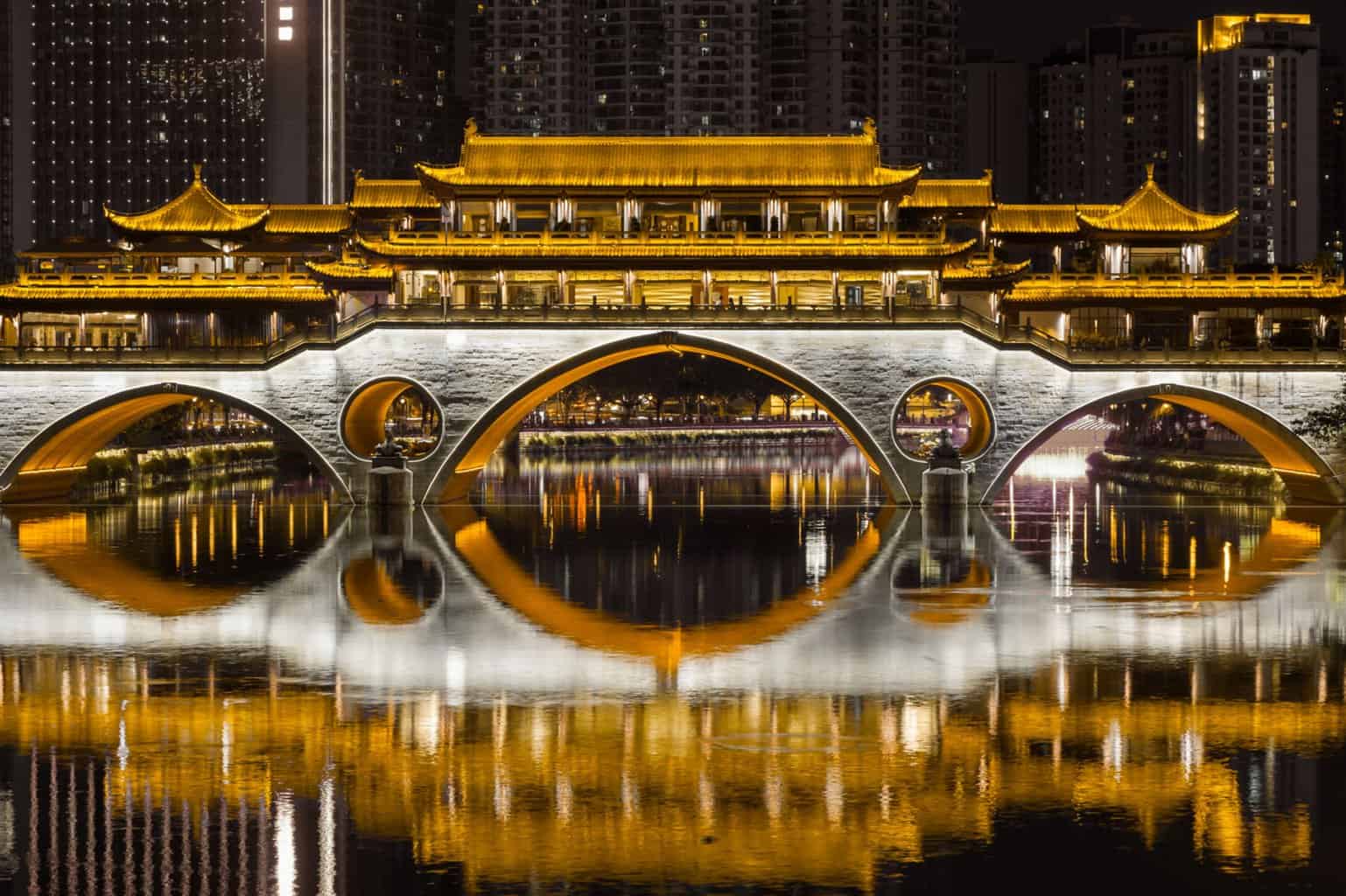
Updated On: April 15, 2024 by Nouran Ashraf
China is one of the world’s most visited countries and is on everybody’s bucket list. It is the world’s most populous country, and there is no doubt that a country as huge as China would have a rich history and hold numerous tourist attractions. China has many cities that tourists just love to visit more than once, and Chengdu is one of these cities. It is the capital of Sichuan Province and one of the oldest cities that hold centuries of Chinese history. Here, we will explore the city’s history and the top things to do in Chengdu.
Table of Contents
History of Chengdu, China
Some traces date back to people living in Chengdu as far back as 4,500 years ago, but our first understanding of the city’s history begins around 2,300 years ago. One fascinating thing about Chengdu’s history is that its location has remained unchanged for 3,000 years. It is known that every Chinese city’s name was changed under each ruling dynasty. Chengdu, however, preserved its name for 2,300 years.
During the Qin dynasty (221–207 BC), people who lived on the banks of the Min River were affected heavily by the annual flooding. Governor Li Bing at that time took control of that issue and built the well-known Dujiangyan Irrigation System. This irrigation system would later be considered the honour of Sichuan and provide water resources for more than 50 cities in the province.
During the Han dynasty (206 BC – 220 AD), Chengdu was famous as a commercial city. It was widely known for its Shu Brocade and teas, as it is known for being the birthplace of the tea culture. The Shu Brocade industry flourished in the city, and the government appointed an officer to handle the industry in the city. The city was later named Jin Guan City. Jin Guan was the officer’s name, and Jin was ‘brocade’ in Chinese, earning the nickname Jin City.
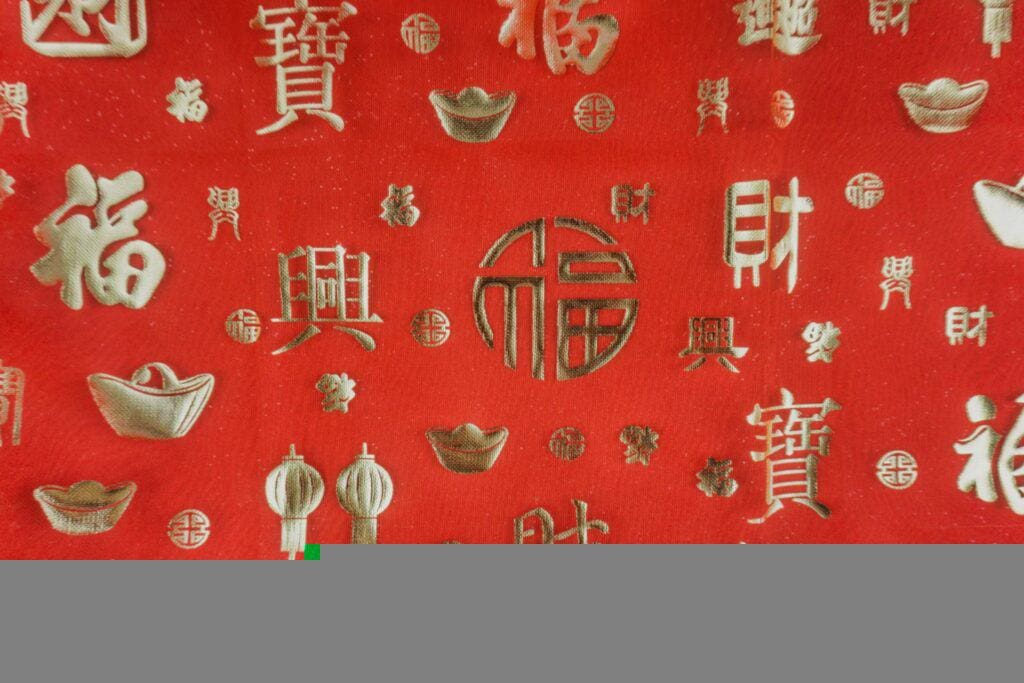
At the end of the Han dynasty, the Three Kingdoms period (220–280 AD) began. China was divided into three states: Shu, Wei, and Wu. Liu Bei made Chengdu the capital of the kingdom Shu and exerted much effort to make his kingdom prosperous, making Chengdu one of the three centres in China.
After the bloody and chaotic Three Kingdoms period, Chengdu recovered quickly. It became one of China’s four major commercial cities during the Tang dynasty (618–907 AD). During that period, Chengdu’s economy and culture were thriving. Agriculture, handicrafts, and printing were flourishing as well.
It is believed that the earliest printing pieces could be found in Chengdu. The city attracted many renowned poets, such as Du Fu, who lived in a thatched cottage which is now considered one of Chengdu’s tourist attractions.
Chengdu led the list of the most prosperous cities in China during the Song dynasty (960–1279 AD). The economy was thriving, and there were specialised markets for silkworms, herbs and medicine, flowers, and much more. At this time, the earliest paper currency was issued in Chengdu during the Northern Song dynasty (960–1127 AD).
Top Things to Do in Chengdu
A country as old as Chengdu would have an endless list of things to do. To combine the modern with the ancient so you can get the best of both worlds, here are the top 14 things to do in the city of Chengdu.
1. Pay a visit to the Pandas at Chengdu Giant Panda Breeding and Research Base
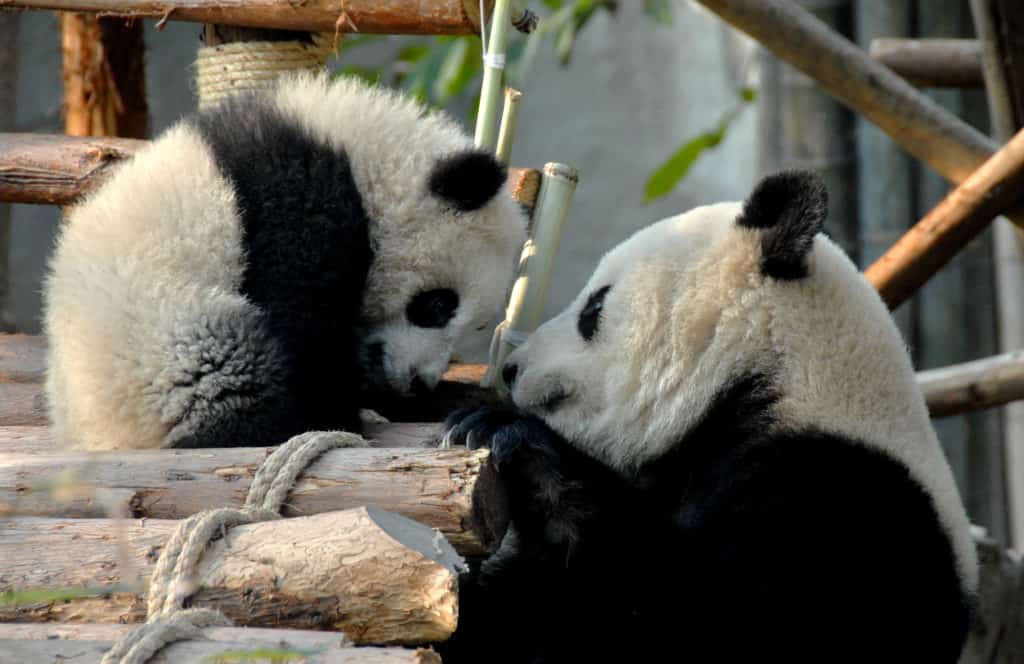
Have you seen videos of cute, cuddly pandas while surfing the internet and wondered where you could find them? If you pay a visit to Chengdu, you HAVE TO go watch these adorable pandas at the Chengdu Giant Panda Base. Chengdu is known for being the giant pandas’ hometown. There, you will see both baby pandas and giant ones! The Base originally took care of six sick giant pandas in the 1980s, and by the end of 2020, the population of pandas had grown to 215.
The best time to visit the base is during breakfast time for pandas, from 8:30 AM to 10:00 AM. So make sure you go early to see the pandas in their liveliest state!
2. Take a Trip to Mount Emei
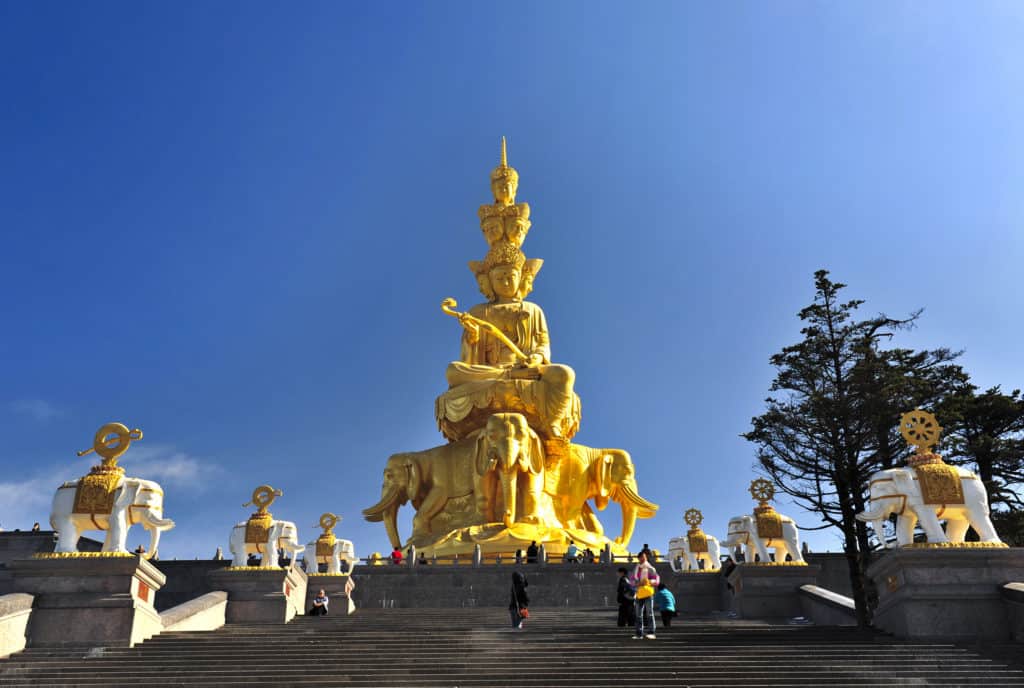
Mount Emei is a must-visit destination when you’re visiting Chengdu. It is one of the Four Sacred Buddhist Mountains of China. It is the location of the very first Buddhist temple built in China in the first century C.E. The mountain has numerous temples and monasteries built during the Tang dynasty, making Mount Emei one of the top destinations for Buddhist pilgrims.
Atop Mount Emei resides the 22nd tallest statue in the world, the Bodhisattva Samantabhadra statue, or Puxian in Chinese. It is said that Puxian had meditated on Mount Emei, making Mount Emei an important place for Buddhists. If you plan to climb the mountain on foot, have plenty of water for the 2-hour climb.
3. Admire Leshan Giant Buddha
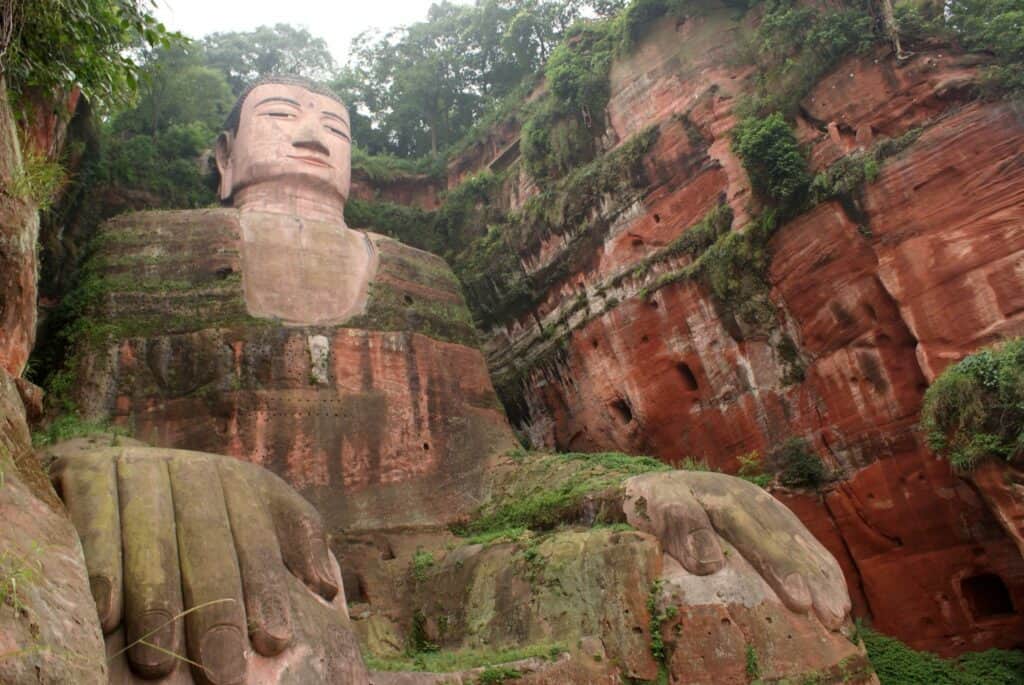
After the trip to Mount Emei, you should take the Leshan bullet train to go to one of the most important sites for Buddhists in the world, the Leshan Giant Buddha. The Giant Buddha was listed as a World Natural & Cultural Heritage Site by UNESCO in 1996, along with Mount Emei. The place holds important significance to Buddhists around the world as it is the world’s largest Buddha statue. The Giant Buddha was carved from the Lingyun Mountain, and there is a saying amongst the locals: “The mountain is a Buddha, and the Buddha is a mountain.”
4. Tour the Wuhou Memorial Temple
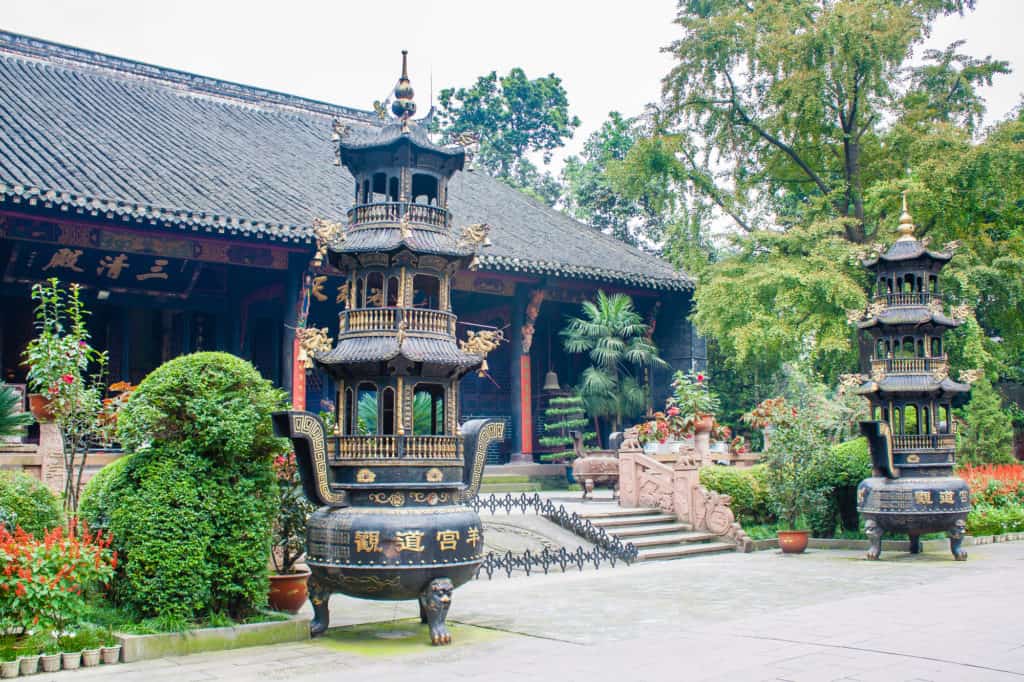
Another important site in Chengdu is Wuhou Memorial Temple. This temple was built in honour of the emperor Liu Bei of the Shu Kingdom during the Three Kingdoms period and his prime minister Zhuge Liang. The Wuhou Memorial Temple consists of the Wuhou temple (the temple for Zhuge Liang), the Liu Bei tomb, and the Liu Bei temple.
The Wuhou Temple is the most remarkable bit of the Wuhou Memorial Temple. It highlights Zhuge Liang’s wisdom and intelligence with a study, a guest room, and a bell tower and a drum tower standing opposite each other.
5. Visit the Famous Poet’s Home: Du Fu’s Cottage
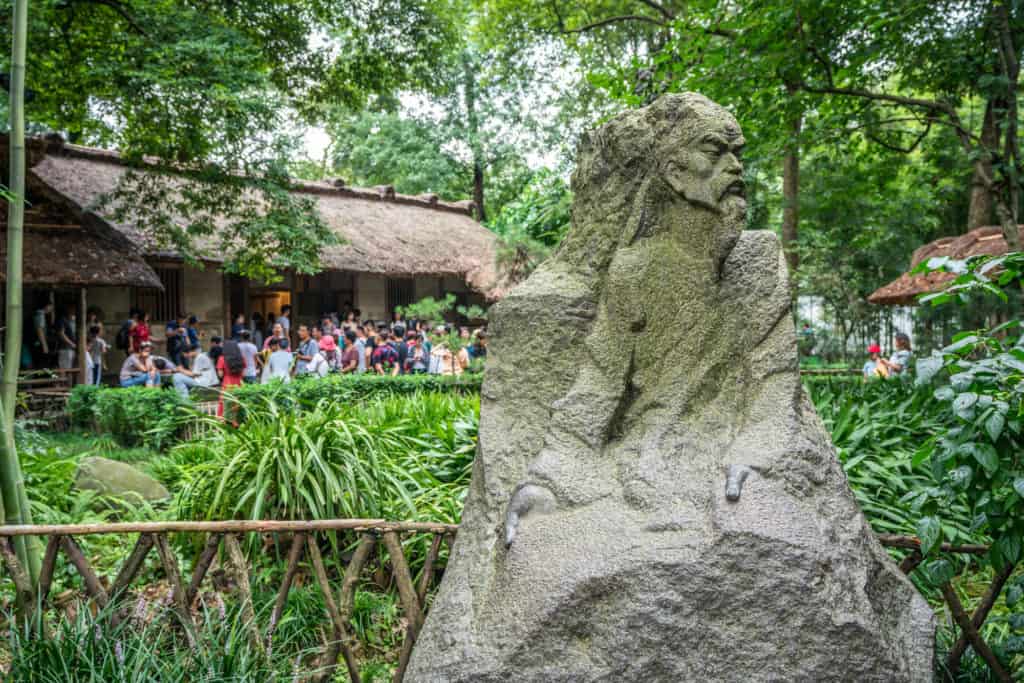
This is for all poetry lovers. One of Chengdu’s top attractions is the cottage of the great Chinese poet Du Fu. Du Fu is considered one of China’s most glorious poets of the Tang dynasty. This cottage was Du Fu’s place of refuge when the An-Shi rebellion broke out in 759 AD. At this picturesque location, Du Fun composed more than 240 poems that are considered a national treasure today.
During your visit, you will enjoy the scenic nature and experience the atmosphere that helped Du Fu compose his greatest masterpieces. You may even be inspired to write a piece there!
6. Marvel at Dujiangyan Irrigation System
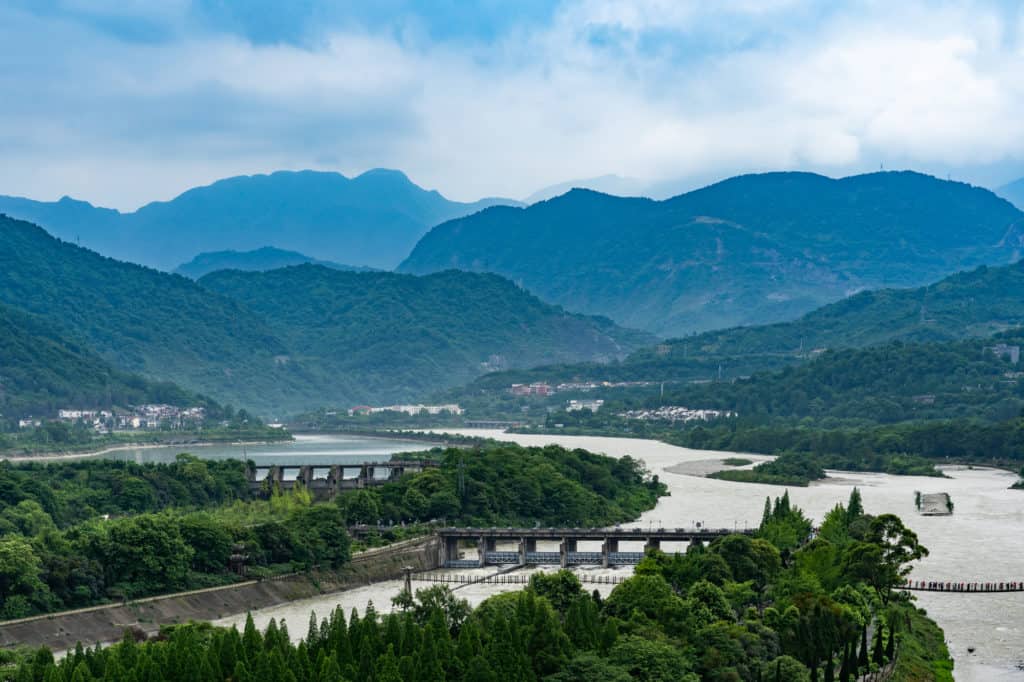
You may ask why an irrigation system is included in a city’s list of things to do, but believe us; you will be fascinated. Dujiangyan Irrigation System is one of the oldest water projects in the world. It was built in the second century and underwent many improvements through the Tang, Song, Yuan, and Ming dynasties.
Dujiangyan Irrigation System was listed as a World Heritage Site by UNESCO in 2000, making it an important site for China. You can get a panoramic view of the whole system when you go to Erwang Temple, which overlooks the whole Dujiangyan Irrigation System.
7. Spend the day at People’s Park
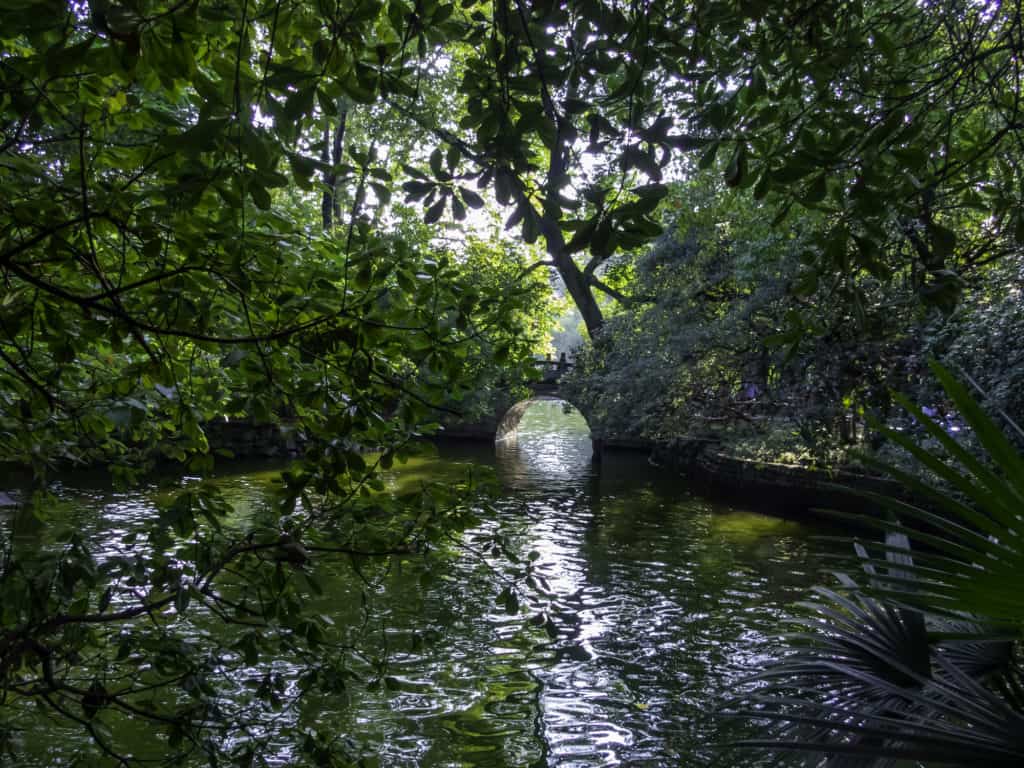
We recommend you dedicate a day to visiting the famous People’s Park. People’s Park is located in the downtown area of Chengdu. You can do more than go on a picnic there. It is a scenic park that mixes culture with nature and entertainment. You can enjoy the mesmerizing landscape while drinking tea in the teahouses dotted around the park, like the Flower Water Teahouse in the north of the Park.
One of the unique things about People’s Park is the flower shows. Chrysanthemum is one of the top 10 flowers in China, and there is a flower show dedicated to it at People’s Park. The Park is also kid-friendly as it has a children’s playground that is facilitated by many fun activities the kids can do. Your day will definitely be unforgettable at People’s Park!
8. Explore Qingyang Palace
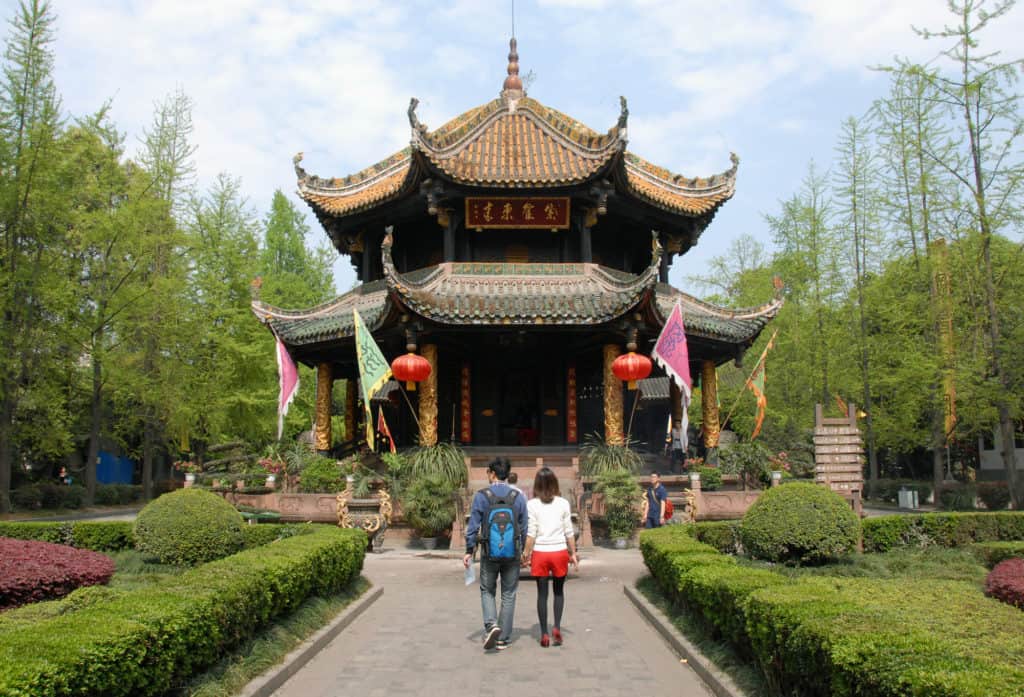
Those interested in Taoism will surely admire this place. Considered one of the most important Taoist temples, Qingyang Palace was built during the Tang dynasty, when Taoism thrived. There are multiple buildings of attraction within the Qingyang Palace: Front Gate, Hunyuan Hall, Hall of Three Purities, Hall of Goddess Doumu, Hall of Jade Emperor, and Hall of Tang Emperors.
Each hall is built in the Chinese Taoist style with animal-styled pillars. While moving from Hunyuan Hall to the Hall of Three Purities, make sure to stop by the Eight Trigrams Pavilion. It’s the Palace’s landmark with unique architecture and dragon-carved pillars. The Palace has famous bronze goats, brought from Beijing, and it is said that they bring good luck to visitors who touch them.
9. Get a closer look at the religious diversity at Huangcheng Mosque
China is known for its religious diversity, and Chengdu is not lacking in that. Surrounded by the most famous Buddhist and Taoist temples, the Huangcheng Mosque stands right at the heart of Chengdu. The Huangcheng Mosque was built in the 16th century and rebuilt in 1858 and is considered the largest mosque in Sichuan Province. Although the wars destroyed it in 1917, it was rebuilt again. The mosque infuses Chinese and Arabic architecture, making it one of the most remarkable buildings and tourist attractions.
10. Wander Kuanzhai Alley
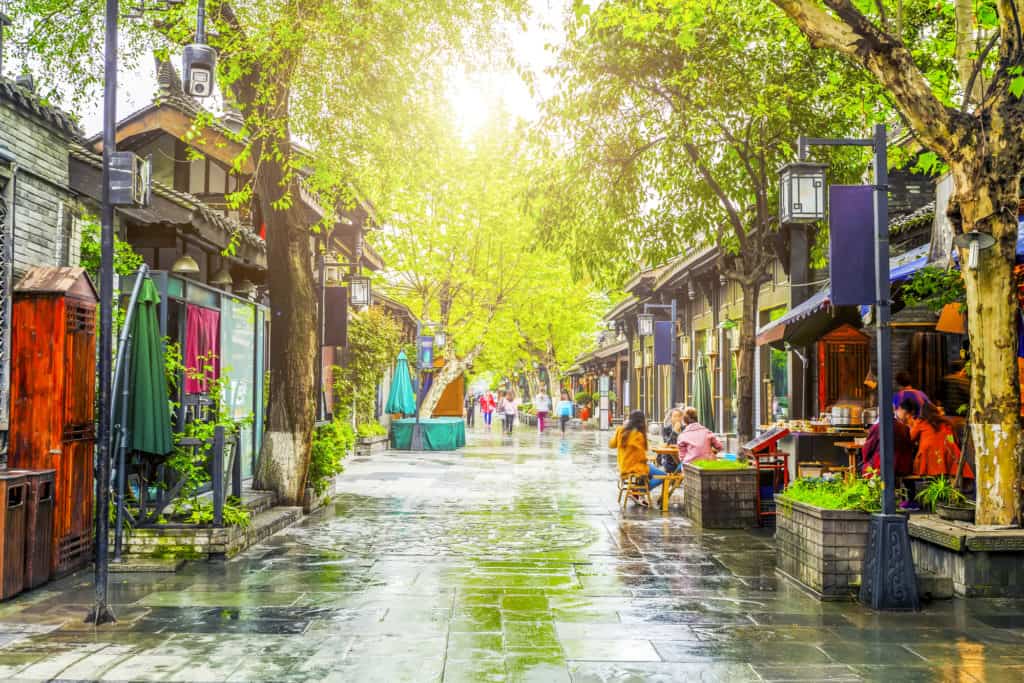
Kuanzhai Alley consists of three famous and historic alleys from the Qing dynasty: Kuan Alley (Wide Alley), Zhai Alley (Narrow Alley), and Jing Alley (Well Alley). This historic alley attracts millions of tourists as it maintains the original looks of its buildings for hundreds of years. The alley shows the mingling of the old Qing lifestyle with the modern life of restaurants, pubs, and souvenir shops.
11. Explore history at Jinsha Site Museum
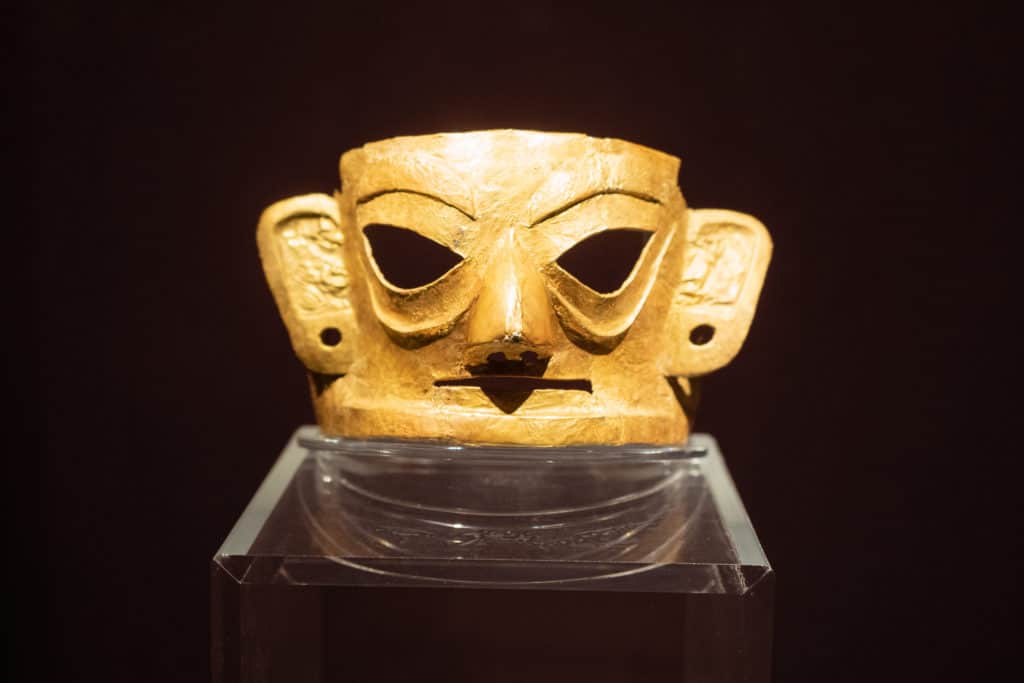
Another fascinating stop in Chengdu is the Jinsha Site Museum. It consists of Relics Hall, Exhibition Hall, Cultural Heritage Protection Center, and Ecological Garden. The site is interesting because the modern civilisation intertwines with the ancient Shu civilisation (Shu was the name of Sichuan Province). The Exhibition Hall has five parts, each exploring a part of the Shu kingdom. Hall No.1, for example, displays the ancient daily life of the Shu kingdom. You can also enjoy the specially made movie Dreaming Back to Jinsha in a 4D cinema.
Things to Do in Chengdu at Night
Chengdu is a city that never sleeps, so you’ll have multiple activities to entertain you at night. Here are three nightly activities you mustn’t miss:
12. Enjoy a Sichuan Opera at Shufeng Yayun Opera House
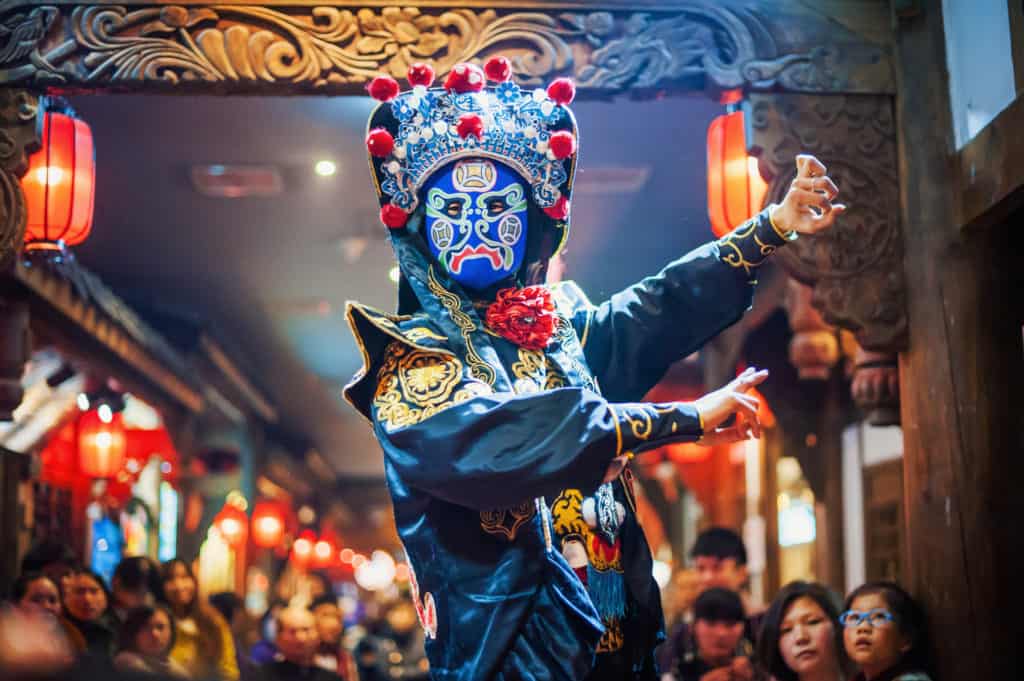
One of the greatest ways to experience a country’s heritage and culture is through experiencing its artistic mediums. Chinese opera is a great example of this, and Sichuan opera is one of its oldest forms. Chengdu has been the main home of Sichuan opera since 1700. Shufeng Yayun Opera House offers classical performances of Sichuan opera and other Sichuan folk shows.
Typical Sichuan opera performances include face-changing and fire-spitting; these two wonders are the essence of Sichuan opera. You can see talented actors with unique costumes and colourful face paints dramatically telling stories and folktales. Puppet shows are also performed to tell intriguing stories.
You can experience profound Chinese opera with many styles of performance. This daily show is a way for the Chinese people to preserve their historic culture and traditional art, and you will indeed be charmed by it!
13. Have the Chengdu Taste of Hotpot
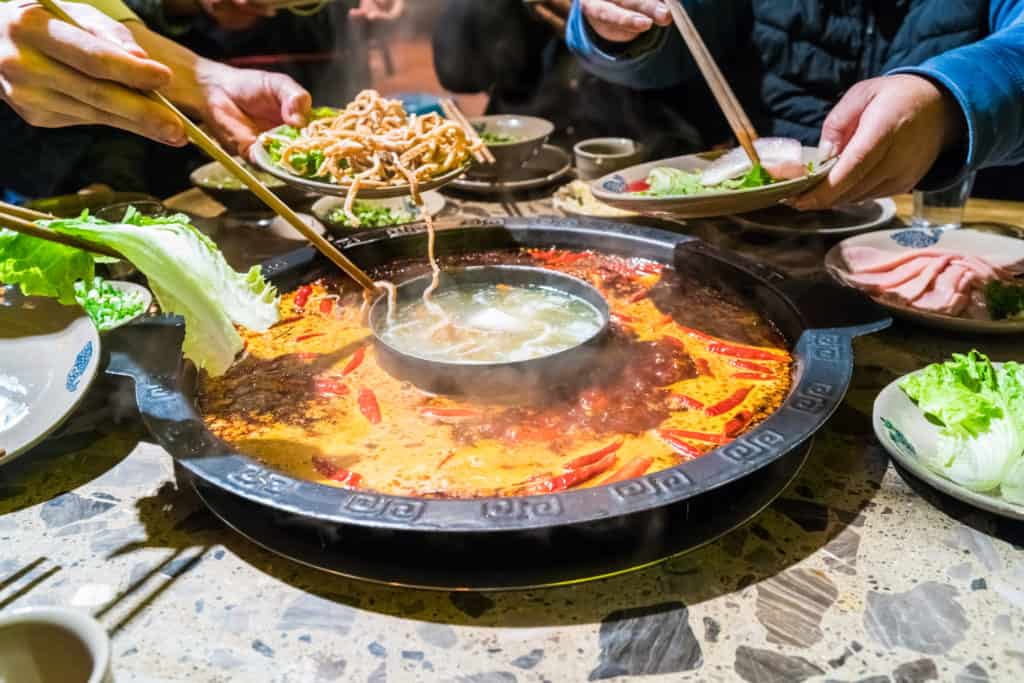
Yes, a hotpot is one of Chengdu’s tourist attractions. If you are to visit Chengdu, it’s almost mandatory for you to try a hotpot. Just like the name suggests, it is a hot dish filled with Sichuan peppers. Sichuan is known for its spicy, tongue-numbing peppers, and Chengdu is the best destination for this experience.
The hotpot experience is unique because you get to be the chef! You select vegetables, meat, and noodles of your choice and cook them in the hot-bubbling broth. If you are unsure about the meat’s cooking time, you can ask your waiter, and they will surely help! There are also non-spicy options for broth if you can’t handle the spice, but we promise that once you get used to the heat, you will ask for more!
14. Take awesome pictures on Anshun Bridge
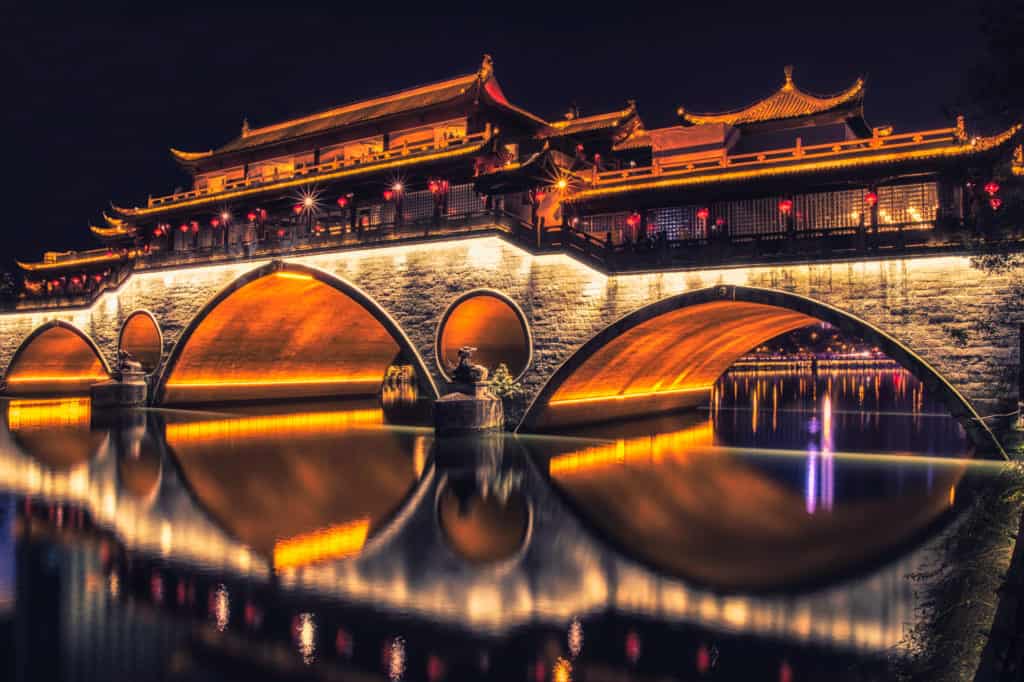
Translated as “Bridge of Peace and Propitiousness,” Anshun Bridge is one of the locations you want to experience during nighttime. The bridge was built beside Hejiang Pavilion along the Funan River (Jin River). There is a lot you can do around the Anshun Bridge other than taking phenomenal pictures at night with the dazzling lights of the bridge. Many bars, restaurants, and teahouses along the river have a relaxing atmosphere to help you unwind. The Anshun Bridge has a restaurant itself named the Bridge Restaurant. There, you can enjoy different types of dishes from the local cuisine.
What we have covered here doesn’t even begin to explain the real beauty of Chengdu. It’s a lively city, and you can do a lot of different, fun activities every day of your stay.


